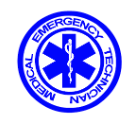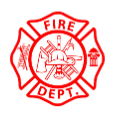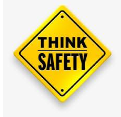The Public Safety Program is a two-year course of study designed to introduce students to possible careers in the field of Law Enforcement, Fire Fighting and Emergency Medical Services. Through a combination of classroom and practical learning modalities, students will learn all of the core ideals police, fire and rescue departments are seeking in qualified candidates. Students will study how to: recover evidence from a crime scene, investigate traffic accidents, fight fires, practice first aid skills and apply the laws of the Commonwealth of Virginia as it relates to the field of law enforcement. Students will participate in a variety of field trips to experience the assorted career paths in the field of Public Safety. Students will learn the intellectual and physical challenges that face police, fire and paramedic personnel and will have the opportunity to become EMT-B and CPR for Health Care Professionals certified.
Virginia Beach City Public Schools ensures equal access to all CTE courses. Accessibility accommodations will be provided as needed.
|
Unit |
The Nature of Technology |
Public Safety and Society  |
Design and Engineering in Public Safety  |
Applying Design Processes in Public Safety  |
Select and Apply Technology in Public Safety  |
|
Focus |
Technology is a varied field of study. Students will examine the fundamentals related to law enforcement, emergency medical support and firefighting occupations. |
Technology is strong influence on society. Students will understand and describe the impacts of law enforcement emergency medical support and firefighting occupations. |
Resources are the raw materials of a technological system. Selecting and applying them toward a public safety solution is essential. |
Technology is a tool to assist in solving complex construction problems. A systems approach is a framework to design solutions. |
The role of technology is diverse. Identifying the role of technology in public safety is essential to an improved understanding. |
|
Transfer Goals |
|
|
|
|
|
|
Unit Learning Targets |
|
|
|
|
|

